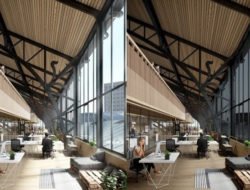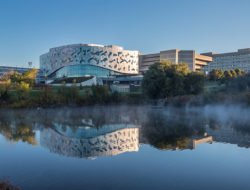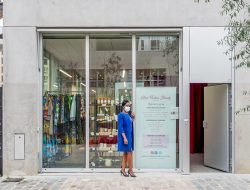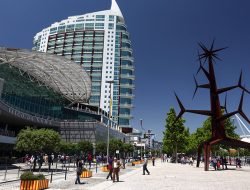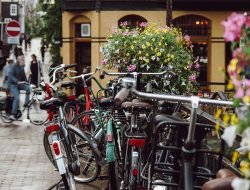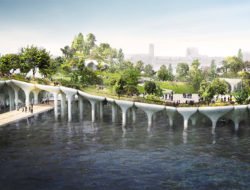After the Spanish crisis and high unemployment rates, a project combines an architectural reflection on the rehabilitation and re-appropriation of empty and fallow space in the city. A new concept for treating the urban space.
Intervention is all about revitalization, an indispensable way of making an organism function and change.
– Jaime Lerner, Author of Urban Acupuncture
Public spaces are the heart and the pulse of a city, which vibrates to the rhythm of life there. In these spaces intersect all of the key issues of the city: governance, flow management, exclusion, local democracy, ecology, and accessibility. In Zaragoza, Spain, one of the cities hit the hardest by the crisis of 2008, a group of architects, civic organisations and various departments of the municipality have launched EstoNoEsUnSolar (whose translation could be “this is not a wasteland”). A programme to transform several unused areas of the city into a network of public spaces.
The initiative, inspired in part by urban acupuncture, has helped create hundreds of jobs and converting empty or unused urban spaces into attractive public spaces. More than 60 neighbourhood associations got involved, giving 33 sites a new life. This comes down to over 42,000 m² of abandoned lots that are now used for community life, and that may give new life to an entire city. One of the main assumptions of the programme is that it wanted to “discover spaces that could become places”, says Patrizia di Monte, Partner of an architectural firm that participated in this transformation effort.
Revitalise the city by pressing on particular points
What is urban acupuncture? An urban theory according to which the city is “a living organism” (or, rather, a sick body) on which you can practice alternative medicine by pressing on hot spots or geographic areas. It is in other words possible to carry out non expensive proximity projects with multiple long-term benefits, by using little or unused residential spaces (vacant land, brownfields, neglected roads…) and reconverting them into sports grounds, public gardens or play areas.
Since ancient times, the allegory of the body is used to design cities. Indeed, the semiotics of cities borrow many terms from medicine: arteries, nerve centres, flows, the heart or the lungs. The blood system can be compared to the circulatory system that transports citizens to the different organs according to their functions (housing, work, leisure…). If today a city like Brussels suffers, it’s because it lacks lungs (green spaces), nerve centres (multimodal hubs), efficient blood systems (transport), a heart (economic activities) or a brain (governments and cultural centres).
However, a city has a dynamic of its own. It grows, expands, consumes and produces waste, regardless of planning policies. The benefit of acupuncture is that it can stimulate specific areas of the body and strengthen the immune system of the treated body. Clearly, in opposition to “invasive surgery”, like the policy of large expensive and space-consuming projects spaces, urban acupuncture offers soft therapy with small proximity facilities that are ecological, social and economic.
Tags: EstoNoEsUnSolar, public spaces, urban acupuncture, urban planning, Zaragoza

































